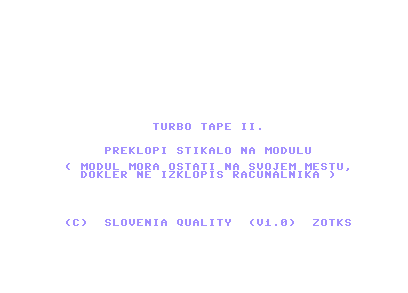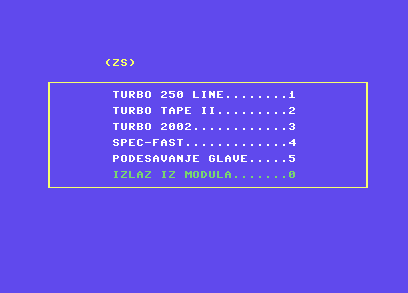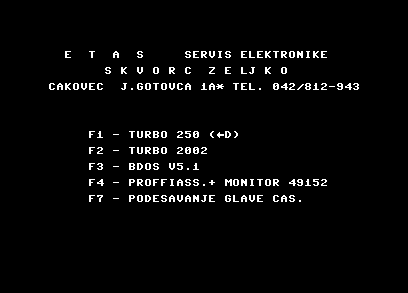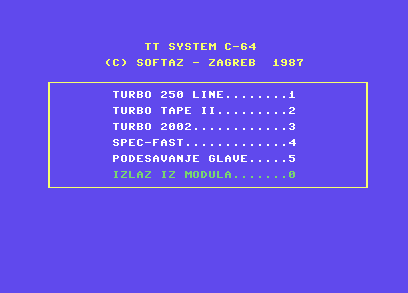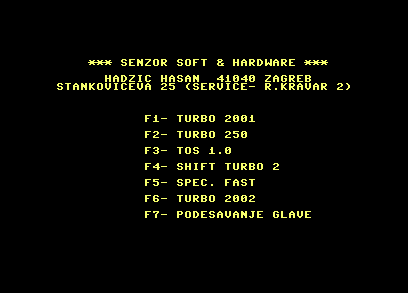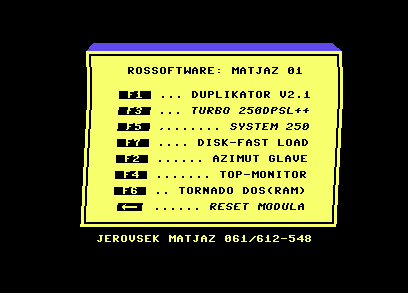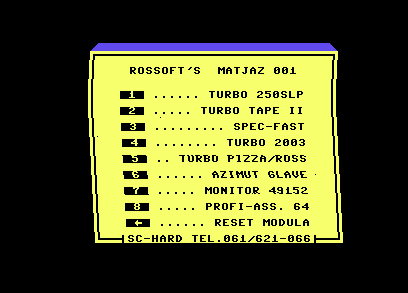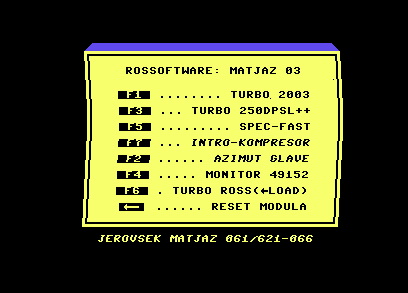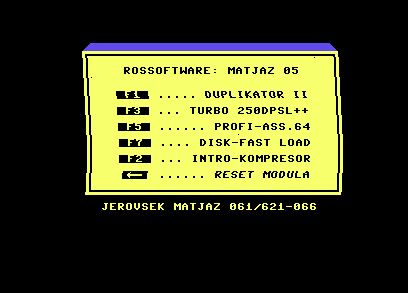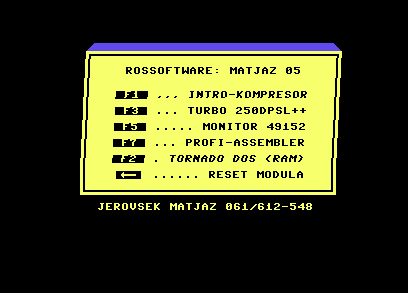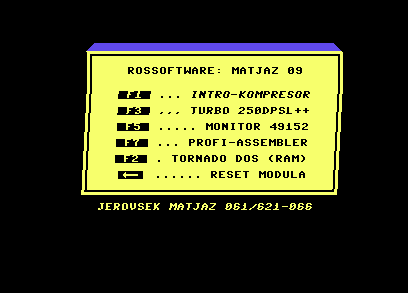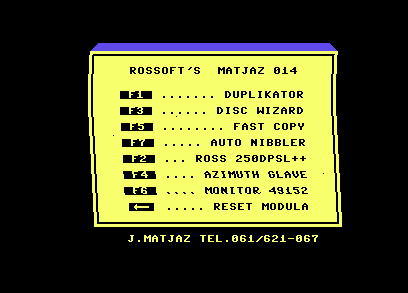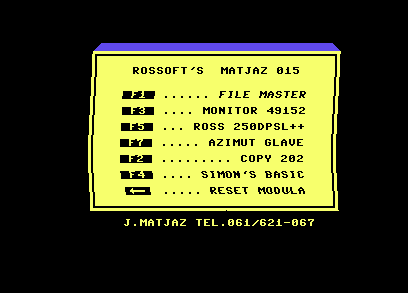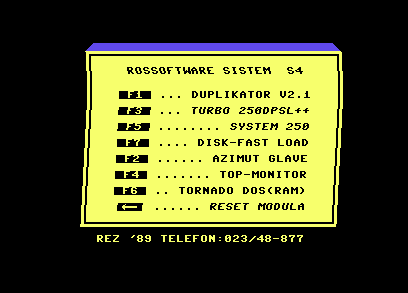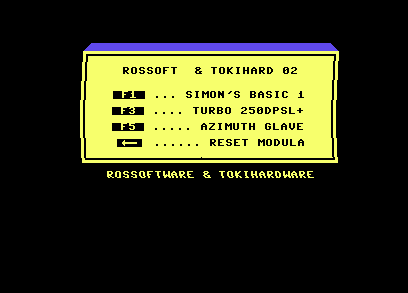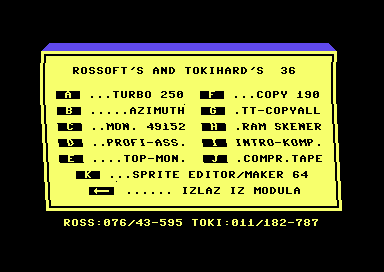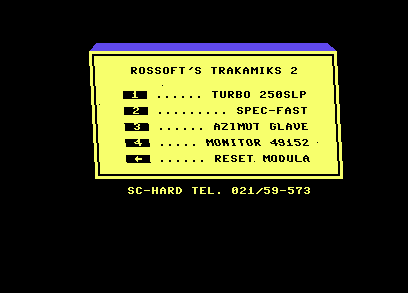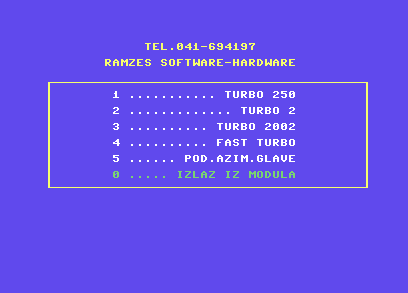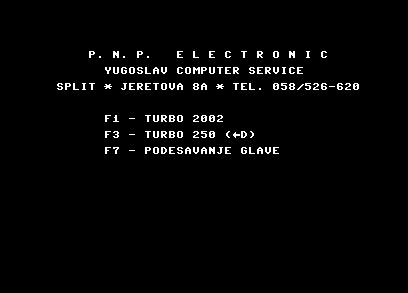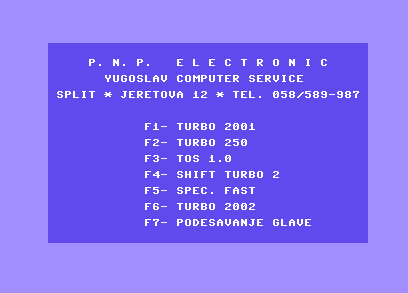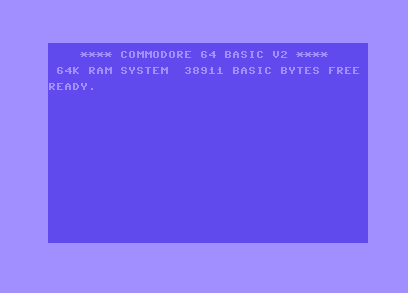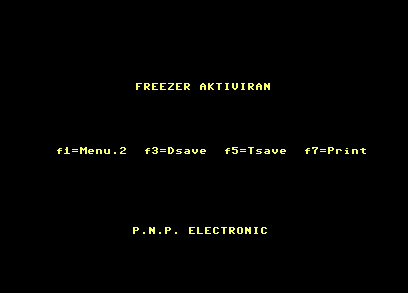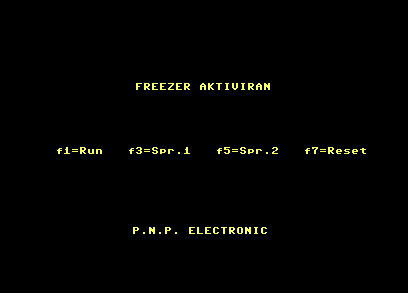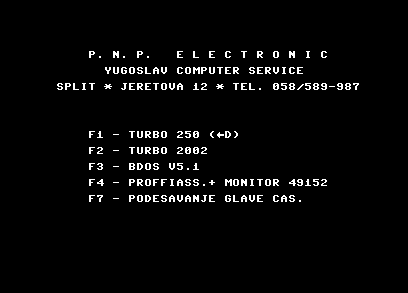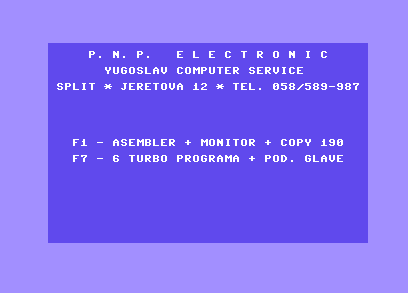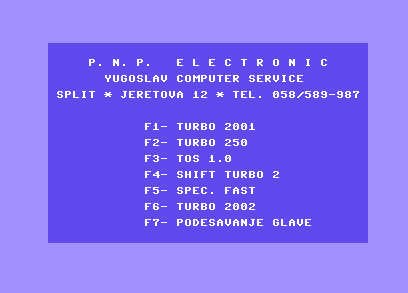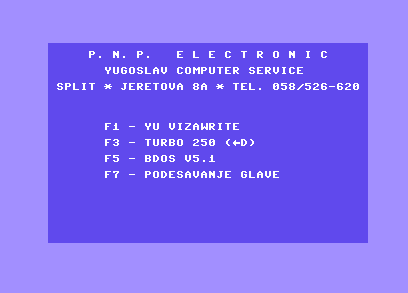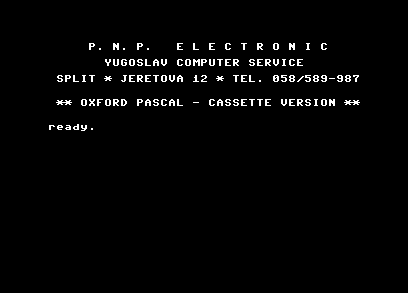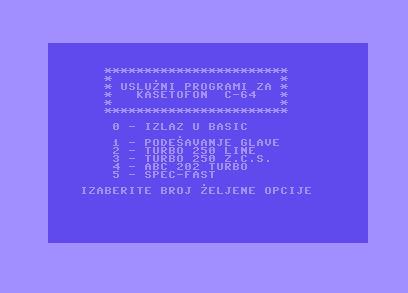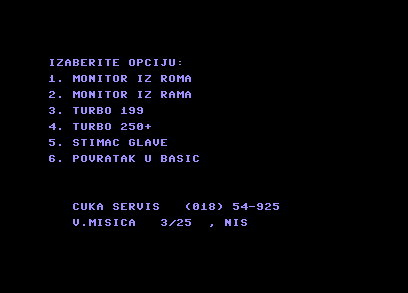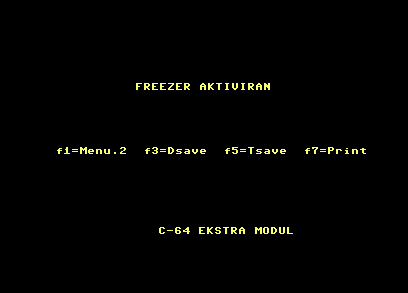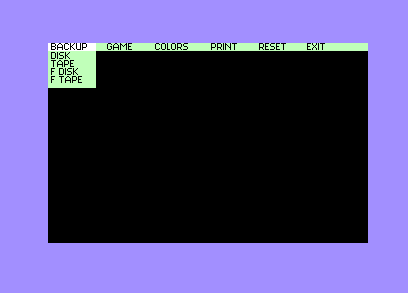In Yugoslavia 8 bit computers were very popular, among several self-build ones like galaksija , then there were home computers produced in Yugoslavia like Pecom 32, Pecom 64, Lola 8, Iskra Delta, Nova 64 (Oric) etc and of course there were imported home computers, that were very popular mostly Sinclair ZX Spectrum (easy to smuggle across the border) and of Course Commodore 64 and later Commodore 128.
Loading program to those computers was often from cheap tape and for Commodore 64 this was especially slow as Commodore 64 store programs at 300 bit/s data rate for simple reason to be reliable. During loading time from tape you could do something prepare tea and/or eat sandwich 🙂 The longer program longer waiting. Commodore Vic20 had only 3.5K ram so loading was faster. But Commodore have 64K ram 16K-48K more than other and also load programs at slower speed than Sinclair ZX Spectrum 16K/48K.
Similar story was with Commodore 1541 disk drive it was slow, Commodore made 1541 slow and soon we had also disk speeders 🙂
Therefore new improvement was needed to load software (games) faster so various turbo loader appeared and loading was now fast as standard Commodore Disk Drive 1541 🙂
Another problem with tapes were 3rd party tape recorders each one had an different head alignment so you had to load software to adjust or mod your tape player. And with miss-aligned head you could not load even Record Justage software for head azimuth alignment.
So you could either buy 1541 floppy drive or search for another solution.
As we people want everything right now, cartridges offered that instant gaming and instant loading of utility programs turbo tapes, record joustages, disk speeders, fast loads and various utilities. Standard C64 game cartridge usually consist of an ROM it was not difficult to recreate them with an EPROM and some glue logic one or two TTL ICs and that was solution to all Commodore users to load turbo tape or disk speedloader.
Cartridges were produced in home pcbs etching variant, but were also offered by companies and professional made like ZOTKS (Zveza za tehnično kulturo Slovenije) and were available in shops. But for most of them you had to buy computer magazine, Svet Kompjutera, Moj Mikro or Računari and similar.
Some examples of ads, some even offered custom versions of EPROMs, so you was able to create your own mix of programs and own personal cartridges.
As you can see ads there were many cartridges author have few of them and here are the picture of them, of course you will see that there were also some copies of Final Cartridge and Action Replay.
Inside Cartridge Hardware:
Missing Cartridges:
If you have any cartridge that is in Missing Cartridge List or you have something that it is not even listed let us know in comment.
We are interested to dump an eprom for preservation purpose and we are able to do an eprom dump without de-soldering it.
But dumping old cartridges is not always successful in video example you can see that eproms return different values and they constantly change.
Dumping were performed with speeddos kernel, that skip CBM80 cartridge autostart and actual dumping was performed with mdump.
In such cases dumping needs to be performed with an eprom reader and reconstruct data from many reads, it is slow, semi manual process but gives rewarding results.
Note comments are shown only after approval.
Marko Solajic did an extensive reverse engineering of PCBs in his three part articles Dissecting Ex-Yugoslavian C64 Cartridges part1 part2 part3
magazine: Moj Mikro
magazine: Svet Kompjutera
magazine: Računari
source: Yugoslav Retro Site










